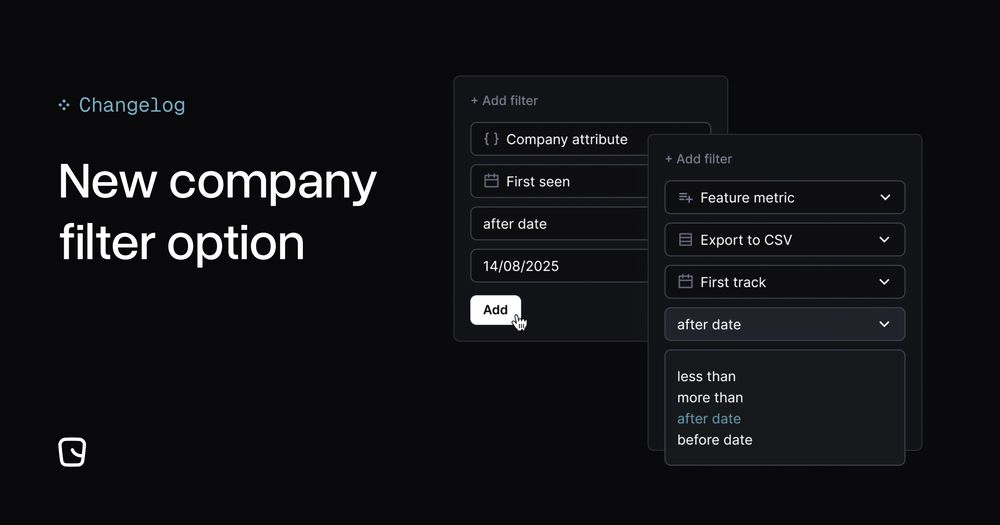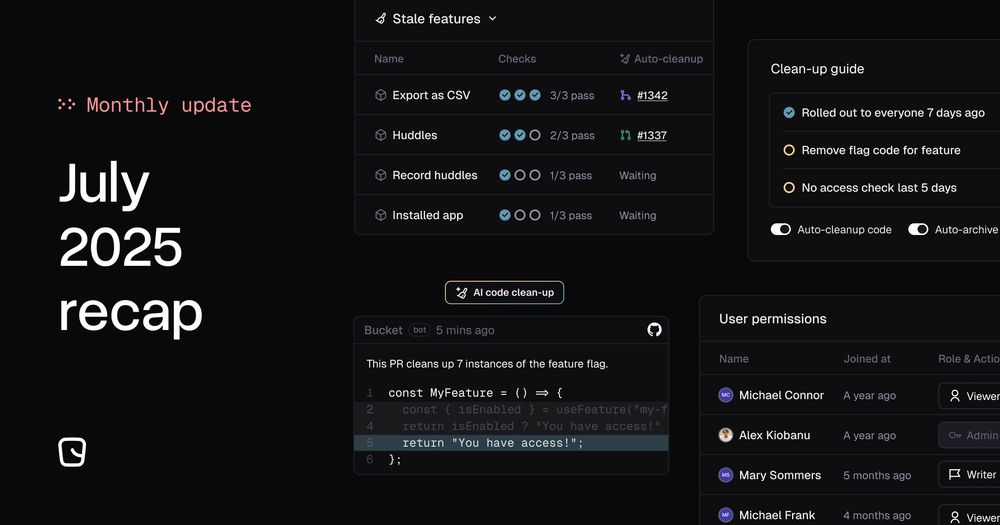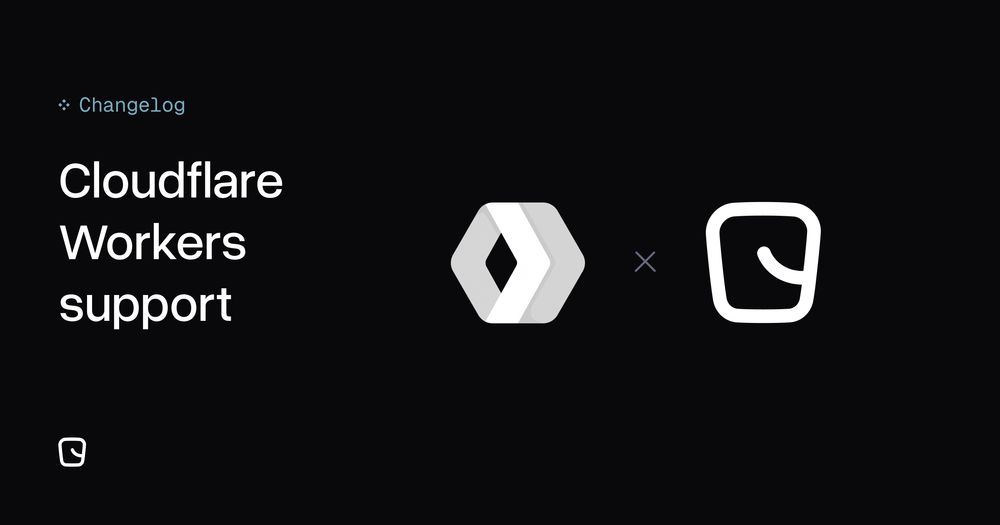
Release a feature, then jump over to the Monitor tab to view exposure, adoption, and feedback in real-time.

Release a feature, then jump over to the Monitor tab to view exposure, adoption, and feedback in real-time.
So now you can roll out a new product experience to new users, while phasing out the old one for existing users.

So now you can roll out a new product experience to new users, while phasing out the old one for existing users.
So we created AI Flag Cleanup to take care of it for you. Here’s how we built it:

So we created AI Flag Cleanup to take care of it for you. Here’s how we built it:

We’ve made some subtle but important improvements to the Access tab for feature flags, including: making it easier to change stage and see the version history.

We’ve made some subtle but important improvements to the Access tab for feature flags, including: making it easier to change stage and see the version history.
We wrote about building AI flag cleanup. From finding the right model, to ending the whitespace problem.

We wrote about building AI flag cleanup. From finding the right model, to ending the whitespace problem.

Flag reminders for Slack, available now ↴

Flag reminders for Slack, available now ↴
Flag archive automation, available now in Bucket ↴

Flag archive automation, available now in Bucket ↴
Stale flags detected automatically, all listed together. Available now ↴

Stale flags detected automatically, all listed together. Available now ↴
AI flag cleanup. Now in open beta for React ↴

AI flag cleanup. Now in open beta for React ↴
We’ve added user permissions, so you can now invite, remove, and manage roles for your team members on our Pro and Enterprise plans.

We’ve added user permissions, so you can now invite, remove, and manage roles for your team members on our Pro and Enterprise plans.
We’ve added support for edge-runtimes like @Cloudflare Workers to the Bucket Node SDK.
It caches feature definitions in worker memory to avoid flag eval latency, along with a new EdgeClient that keeps those definitions fresh.

We’ve added support for edge-runtimes like @Cloudflare Workers to the Bucket Node SDK.
It caches feature definitions in worker memory to avoid flag eval latency, along with a new EdgeClient that keeps those definitions fresh.

We've added @vuejs support to Bucket.
With a client-side SDK that provides toggling, tracking, feedback, and remote config. Along with the built-in toolbar on localhost.

We've added @vuejs support to Bucket.
With a client-side SDK that provides toggling, tracking, feedback, and remote config. Along with the built-in toolbar on localhost.
You can now paste huge lists of IDs or other properties into feature access rules, to add companies or users to features in bulk.

You can now paste huge lists of IDs or other properties into feature access rules, to add companies or users to features in bulk.
↳ We’ve added diffs to targeting rule changes, showing you how many users and companies will have access and the stage a feature is in, like ↯

↳ We’ve added diffs to targeting rule changes, showing you how many users and companies will have access and the stage a feature is in, like ↯
Flag feature with type safety →
Test locally with toolbar →
Release in beta →
Fix customers issues with feedback →
Track adoption →
Go GA
Get started:
npm i @bucketco/cli -d && npx bucket new
Flag feature with type safety →
Test locally with toolbar →
Release in beta →
Fix customers issues with feedback →
Track adoption →
Go GA
Get started:
npm i @bucketco/cli -d && npx bucket new
We introduced an MCP server, improved Slack notifications, and launched a new, markdown-inspired website.
Find out the latest product updates here: bucket.co/changelog

We introduced an MCP server, improved Slack notifications, and launched a new, markdown-inspired website.
Find out the latest product updates here: bucket.co/changelog
We've just updated the integration with Slack for flag targeting changes. We now only show what has changed.

We've just updated the integration with Slack for flag targeting changes. We now only show what has changed.
1. Flag a new feature
2. Set up the feature rollout strategy
3. Start collecting user feedback
Here's a step-by-step guide ↓

1. Flag a new feature
2. Set up the feature rollout strategy
3. Start collecting user feedback
Here's a step-by-step guide ↓
Flagging a feature and adding a feedback button is simple:
const { isEnabled, requestFeedback } = useFeature()

Flagging a feature and adding a feedback button is simple:
const { isEnabled, requestFeedback } = useFeature()



